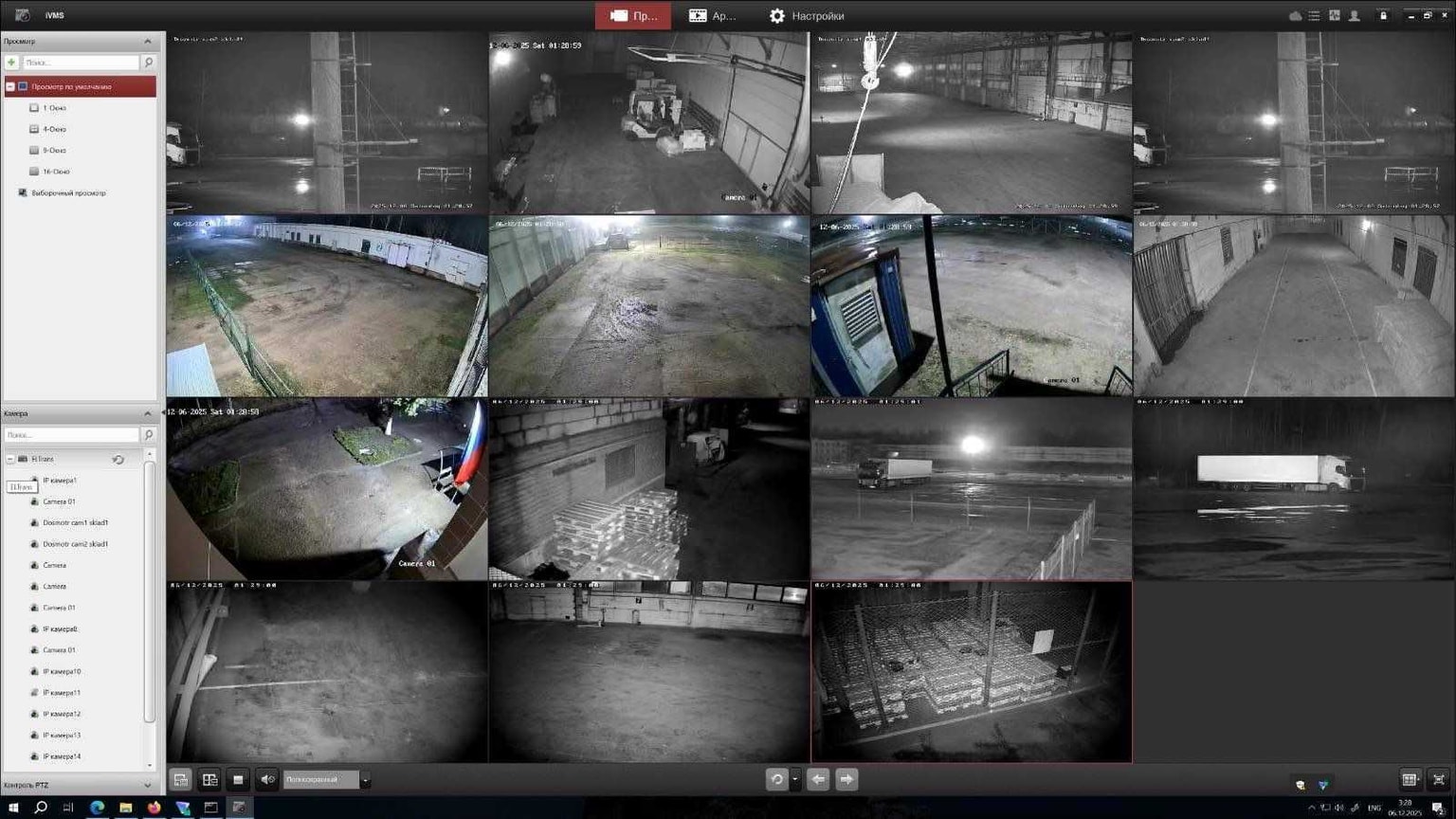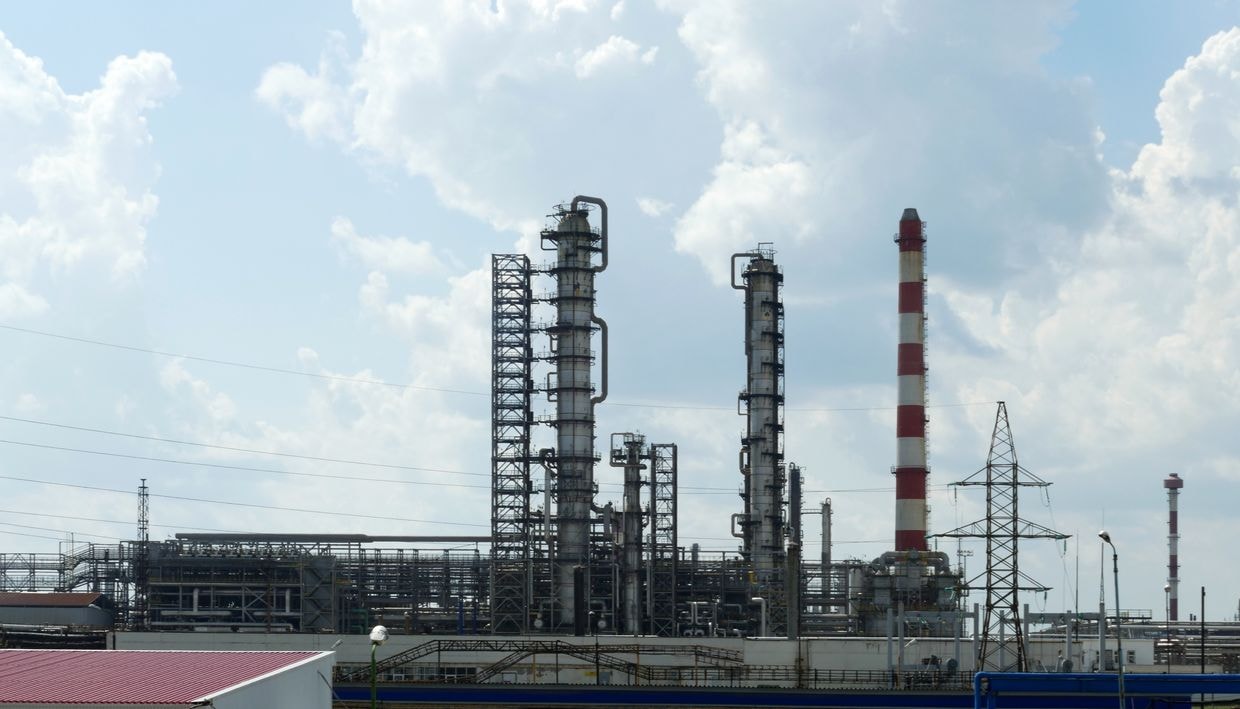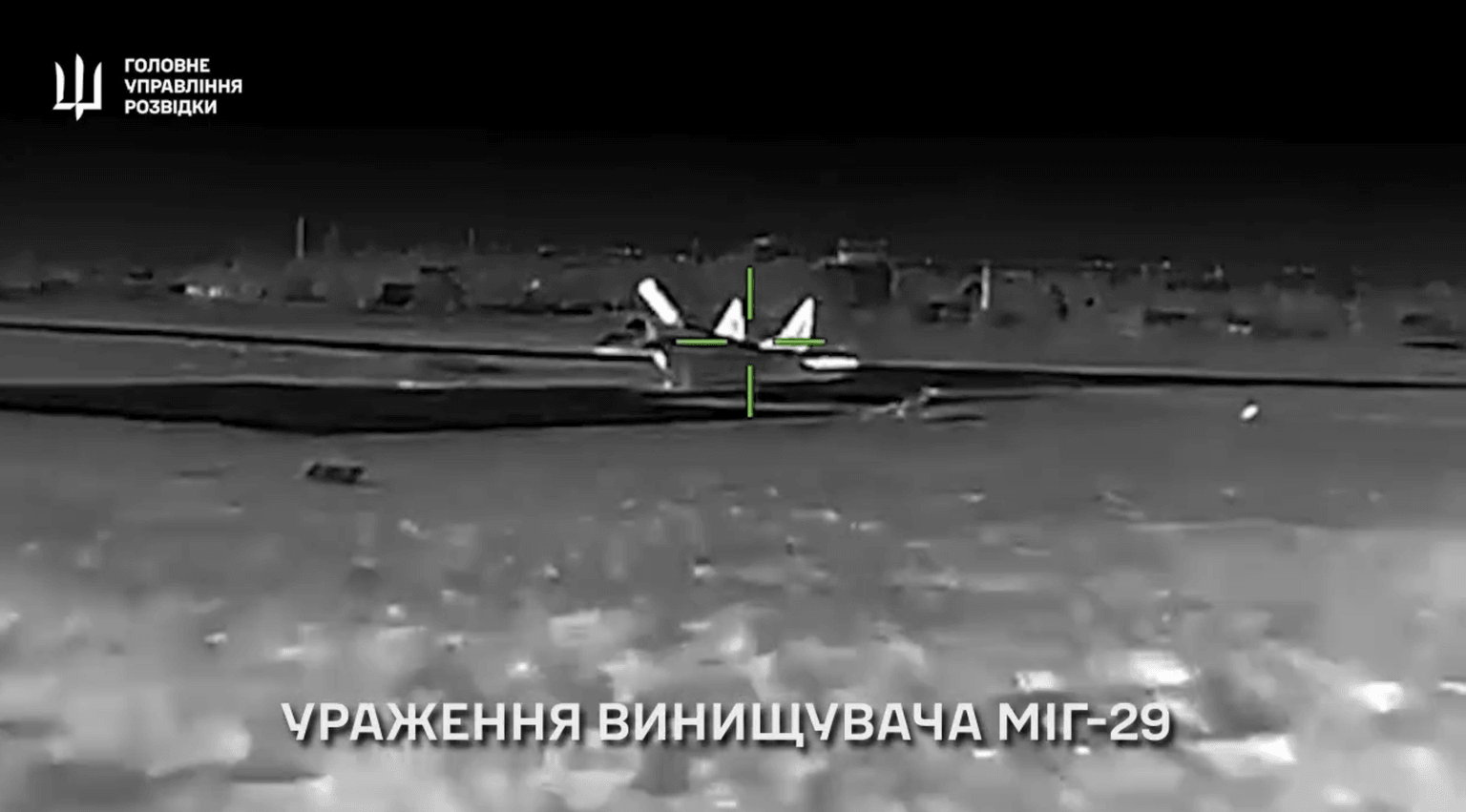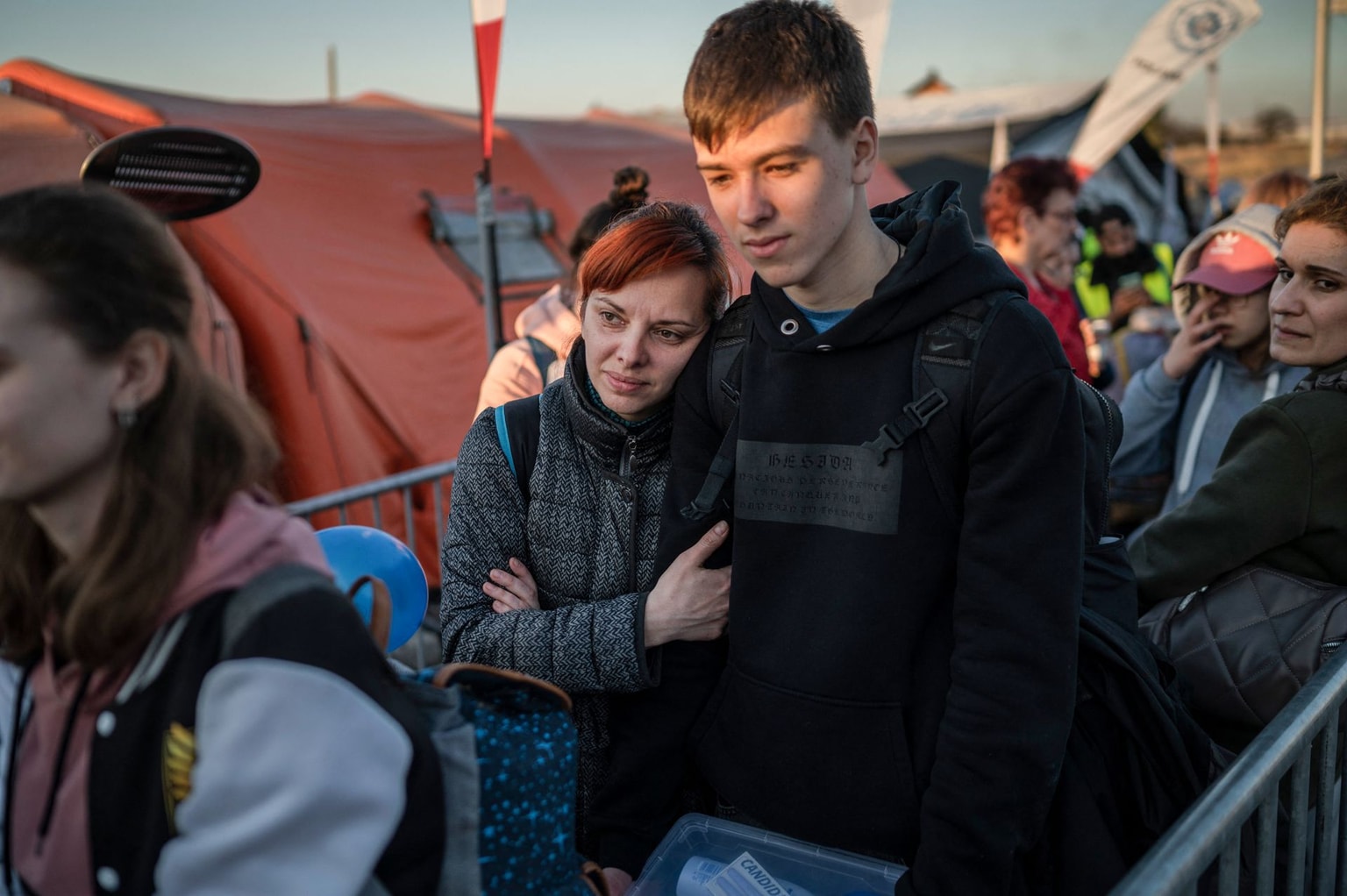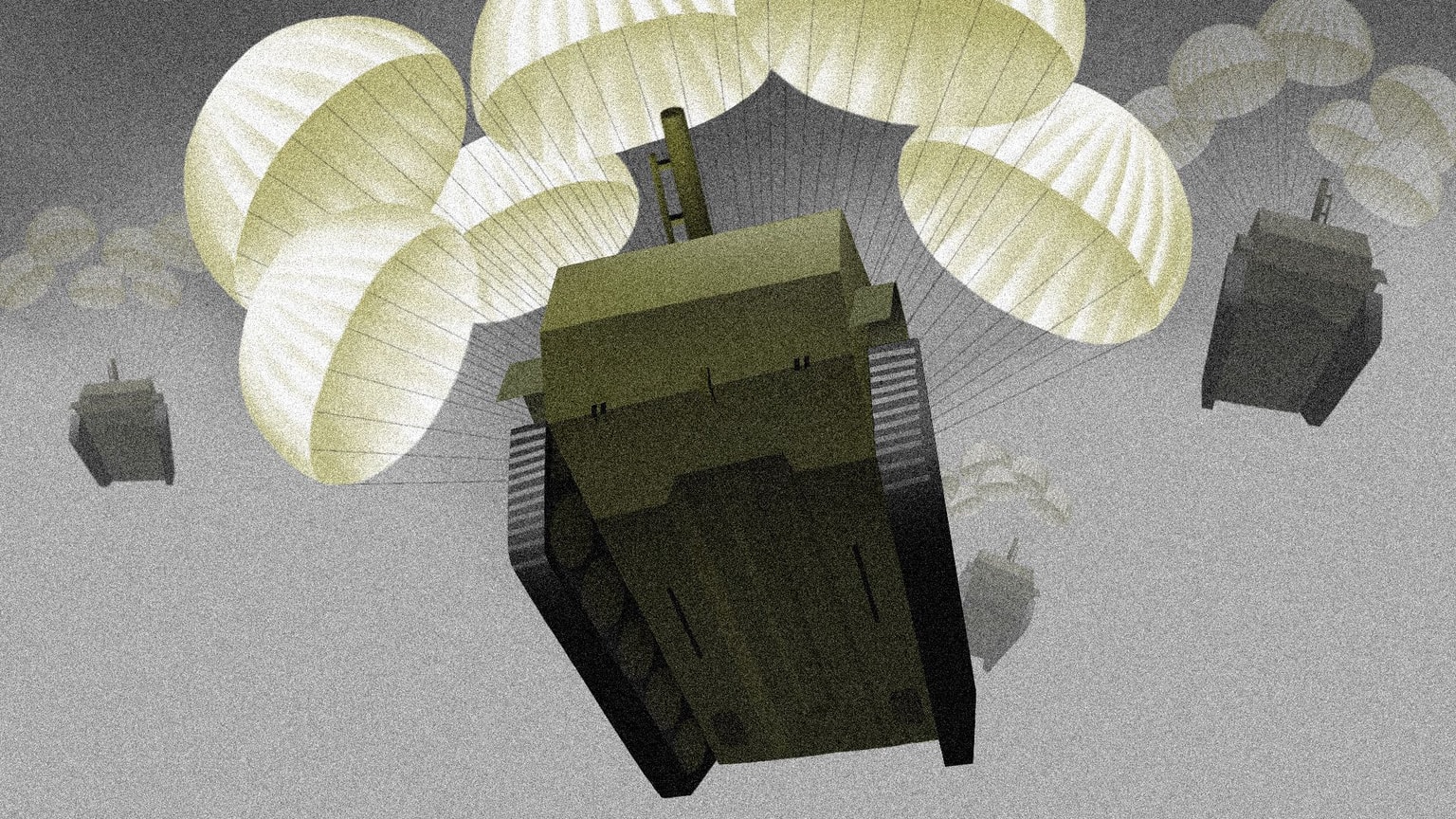Most of 2,500 foreign components Ukraine found in Russian weapons come from US (GRAPHS)

Nearly three-quarters of the roughly 2,500 foreign components found in Russian weaponry and analyzed by Ukrainian authorities were made by U.S. producers, a database by the National Agency on Corruption Prevention (NAZK) reveals.
Foreign-sourced goods and materials such as microchips fuel Russia's war machine amid the full-scale invasion of Ukraine, allowing Moscow to construct missiles, drones, and more.
Despite Western sanctions aimed at cutting off these supply lines, Russia continues to obtain sanctioned goods via third-party countries or buys them directly from friendly nations.
The database, published by the NAZK on Dec. 8, lists 2,453 components of foreign provenience, such as microcircuits or transistors, that were found in various Russian drones, missiles, electronic warfare systems, and other weapons.
U.S. manufacturers top the chart with 1,816 items, followed by Switzerland (120), Japan (96), China (87), and Germany (75). From these five, China is the only country that has not joined the sanctions regime against Russia and maintains friendly ties with Moscow.
The database identifies 22 more countries in Europe, East Asia, North America, the Middle East, and Central Asia.

Ukrainian authorities found at least 78 U.S.-made parts, as well as eight components from Switzerland, six from Japan, five from Taiwan, three from Germany, and one from Spain used in Russia's air-launched ballistic Kinzhal missiles with a speed of over 12,000 kilometers per hour.
At least 17 U.S. components, as well as one from Switzerland and one from Taiwan were used in the notorious Lancet loitering munitions.
In Russian-produced Shahed-136 type drones known as Geran-2, authorities found 55 parts made in the U.S., 15 from China, 13 from Switzerland, and six from Japan, among others.
At least 130 U.S.-made parts, as well as eight from China and 13 more from Switzerland, France, Taiwan, Germany, Japan, and the Netherlands were used in the Ka-52 attack helicopters.
As many Western companies stopped supplying their products to Russia and Belarus in accordance with the sanctions, direct sales of dual-use goods from countries like the U.S., the U.K., and the EU have indeed dropped by 96%, research by the Bank of Finland shows.
In turn, re-exports of sensitive goods to Russia by countries like China, Turkey, and states from Central Asia and the Caucasus spiked amid the full-scale invasion.
The EU's latest sanctions package seeks to address this issue. One of the new measures imposed by the bloc mandates European exporters to contractually ban re-export to Russia of dual-use goods or materials found on the battlefield in Ukraine.











